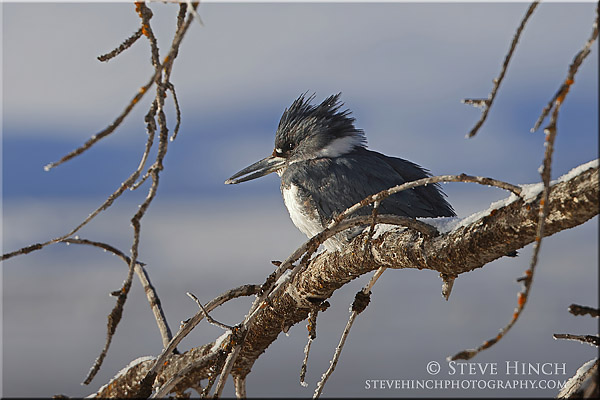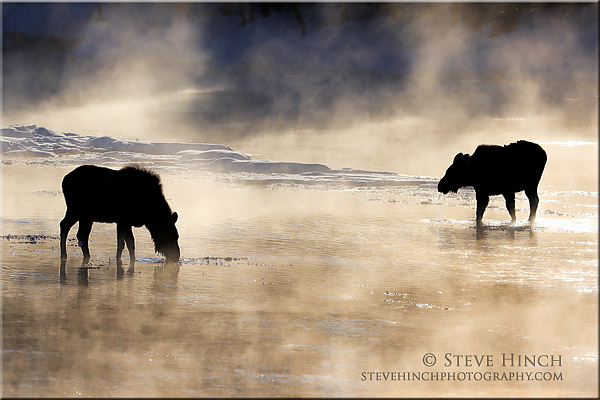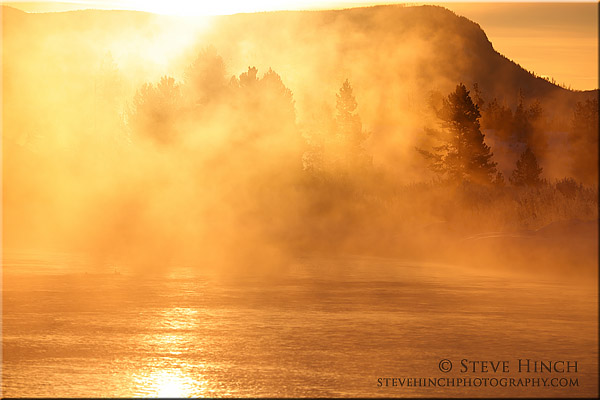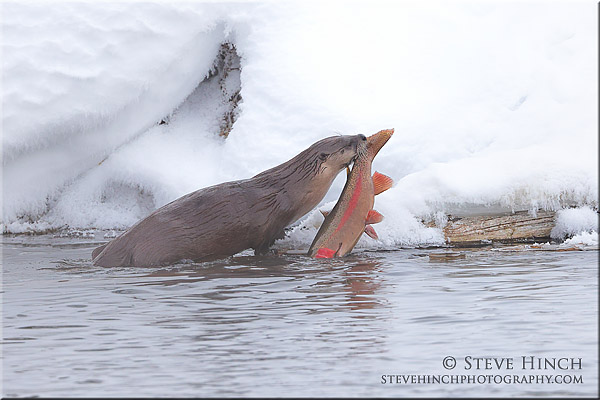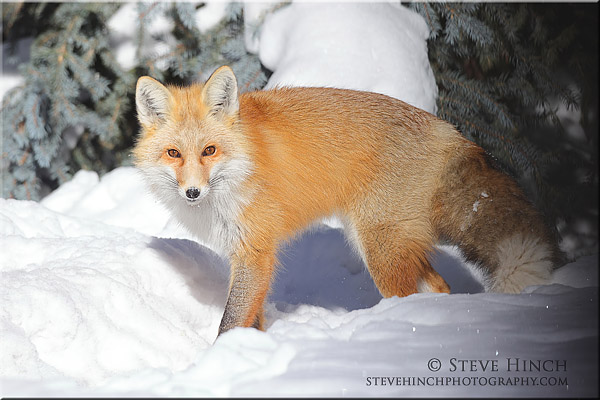
Rufous Hummingbird and Sunflower. Canon R5, 500mm + 1.4TC, tripod, 1/2000 @ f5.6, ISO 1600
The sunflower is the national flower for Ukraine. I wanted to post this today to honor the strength that the Ukrainian people have shown in the face of a horrible tragedy and to honor those that have already lost their lives. I was motivated to share this image due to a story that has been shared by some British news outlets where reportedly a Ukrainian woman handed a Russian soldier a some sunflower seeds and told him to “put them in his pocket so they will grow when you lie here.” I’ll post a link to the article below though it can be found through a google search as well. This sunflower is one of many I have growing in my backyard during the summer months. The hummingbirds that also frequent my yard and the flowers I grow seem to enjoy the sunflowers as well. Here’s the link: https://www.independent.co.uk/news/world/europe/ukraine-russia-soldier-woman-confrontation-b2022993.html


